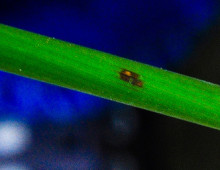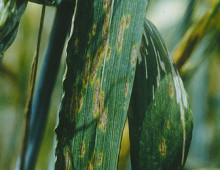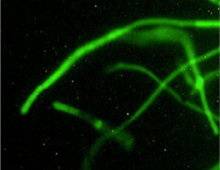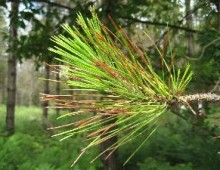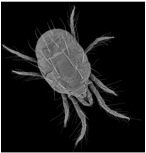Lessons learned from comparing Cochliobolus fungi
Cochliobolus fungi are cereal grain pathogens in the Dothideomycetes class, and many species are known to infect crops such as corn, rice, barley, wheat and oats, causing severe losses at harvest time and to biomass feedstocks for biofuels. In a study published January 24, 2013 in Plos Genetics, one in a series of publications concerning… [Read More]
